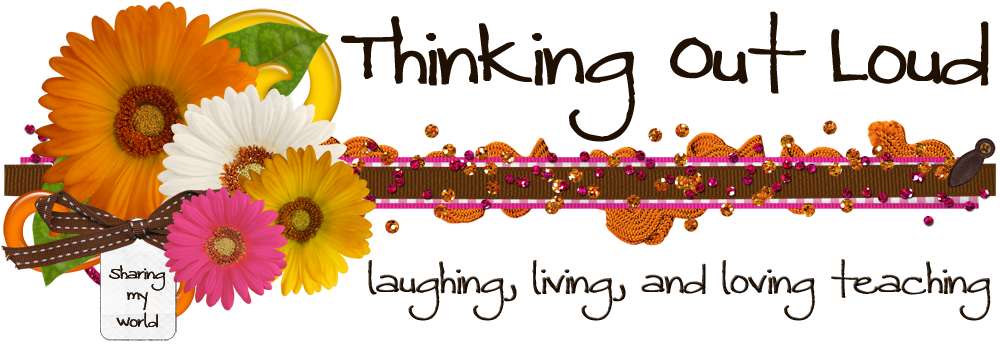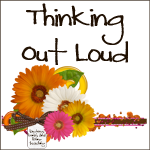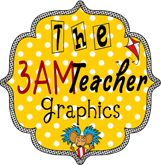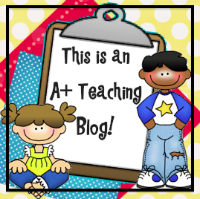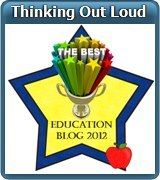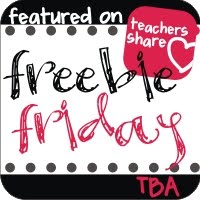This year I wanted to be able to differentiate and meet the needs of my students better than I have in the past. One way that I decided to differentiate my instruction and their activities is through multiple intelligences. I started researching the multiple intelligence theory and activities that I could implement with my students (and share with the teachers I work with).
Background Information on MI:
Howard Gardner questioned whether intelligence resulted from a single factor that could be measured by one IQ test. He viewed intelligence as "the capacity to solve problems or to fashion products that are valued in one or more cultural settings.” He believed that people have a unique blend of intelligences. Educators respond well to his multiple intelligence theory because they know that students learn in different ways.
The following poster was created by Marek Bennett. He has given permission for you to reproduce the poster as you see fit: "As with other COMICS WORKSHOP posters, I'm posting these w/ my permission to reproduce them as you see fit, provided you maintain the attribution & copyright notice (and website URL) on them." Download the poster by clicking
HERE or on the picture below. There is also has a great
comic written by Andrew Wales (
Panel Discussion!) that would be wonderful for older (middle and high school students) to read to learn about the multiple intelligence theory.
Activities for the Classroom:
Stephanie from
Falling into First took the multiple intelligence theory and wrote a book that explains each of the intelligences in words that younger elementary students will understand. In the introduction of the book, she explains, “Every year I have students who start the year off already down on themselves because of the things that they can’t do.
I want these kids to feel good about their strengths and not just dwell on the weaker areas, so I designed this lesson to help show them there is more than one type of smart and people can be more than just one kind of smart too!"
One of the second grade teachers I work with read the book to her students. She then had them think about which "smart" they most associated with and place a sticky note with their name on the black and white copies of the book pages. The students then wrote about why they associated themselves with that particular "smart." As they were writing about themselves, the teacher gave each student a paper bracelet with their "smart" on it (see the picture with the kids). Finally, the teacher used the checklist I created to notate what each student picked. This checklist gives the teacher an overall picture of her class, and she can keep it her lesson planner as a reference. To remind the students throughout the year, she created a bulletin board (middle picture) using the color copies of the book pages with the students names. I LOVE this activity and how easy it is for younger students to understand. Want your own copy? Check out Stephanie's Teachers Pay Teachers store
HERE and look at her blog post about the activity
HERE. This activity is in her Back to School Bash packet. This activity can be completed at any time during the year. You will learn so much about your students and they will learn a lot about each other also.
Laura Candler has a
page on her website dedicated to MI theory where she has put all of her resources. She has step by step lessons (paid product), a multiple intelligence survey (free product plus video on how to use the survey), and other places to learn about multiple intelligence theory. Click on the picture below to be taken to her website.
Other Resources for MI:
These are some other resources that you might find useful as you implement multiple intelligence theory into your classroom.
Article from ACSD:
Variations on a Theme - How Teachers Interpret MI Theory
I really like how one teacher differentiated the learning stations to meet the needs of the different intelligences present in her room.
A Differentiated Kindergarten blog post:
My Favorite Differentiating Resources...
The entire post is about how to differentiate your instruction. My favorite part is the free resource she created to give a description of each intelligence (Using Multiple Intelligences to Differentiate Instruction) that she keeps in her planning binder as a reminder.
Edutopic article:
Elementary Kids Show Their Multiple Intelligences
Read about a charter school in Georgia where everything revolves around the multiple intelligence theory.
How do you use multiple intelligence theory in your classroom? Do you have a great resource I could add to my list? Please leave a comment below!

